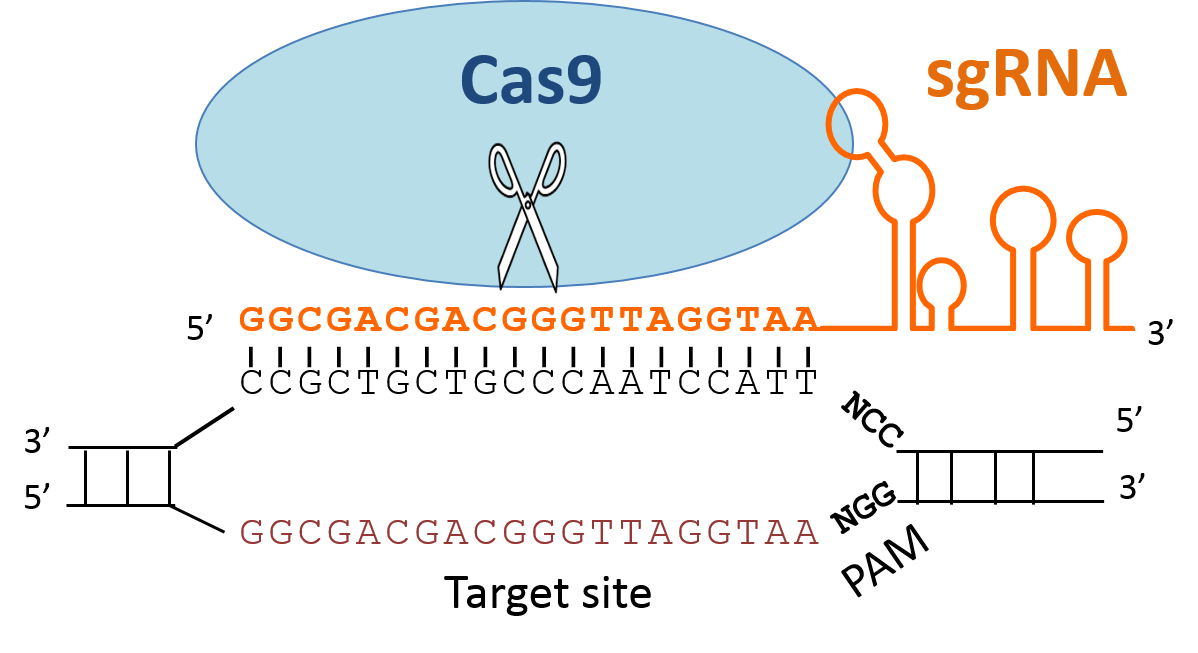Ciona Knock Out
A database for knockout Ciona genes by genome editing technologies
What's new!
March, 2023
New TALEN vectors for serine racemase (SRR) has been added in our resource.
Previous News
March, 2022
New TALEN vectors were added in our resource. The new vectors include TALEN constructs for knockout GABA related genes, peptide hormones and ROCK.
March, 2021
New TALEN vectors were added in our resource. The new vectors include The vector expressing TALENs in the specific muscle cells with the cis element of Mesp, and TALEN constructs for knockout Hox13.
September, 2020
The manuscript that describes morphogenetic movement of cells during tail regression in Ciona was published. In this manuscript, the gene encoding Rho-kinase (ROCK), which regulates actomyosin contractility was knocked out specifically in the epidermis. Click here for details.
April, 2020
The manuscript that describes neuronal circuit regulating metamorphosis of Ciona was published. The neurotransmitter GABA induces the whole events of metamorphosis, while gonadotropin-releasing hormone (GnRH) induces tail regression as a downstream factor of GABA. In this study, gene encoding GABA receptors, prohormone convertase 2 (PC2), and GnRHs were knocked out with NBRP TALEN vectors. Click here for details.
February, 2020
The manuscript describing the roles of Hox13 in Ciona was published. In this paper, TALEN-based knockout of Hox13 was carried out, to show that this gene is required for forming the pigmented organ at the end of the spermduct. Click here for details.
December, 2018
In Spring 2018, the method book that summarized transgenic technologies in ascidians has been published from Springer (Click here for the webpage: https://www.springer.com/la/book/9789811075445). Many NBRP resources have been introduced in the book. The TALEN-based knockout vector that targets cellulose synthase gene is now available from NBRP! This knockout vector is used for improving WISH at the larval stage.
May, 2017
The functions of Hox1 in the thyroid-homologous organ (endostyle) were characterized in Ciona. In this report, TALENs for famous developmentally relevant genes like Otx, Hox1, RAR and Raldh2 were created. These TALENs are available from NBRP. Click here for details.
March, 2017
A novel technique to establish Ciona mutant lines has been established. This technique utilizes TALEN-based genome editing and germ cell regeneration. In this report, new vector series that can monitor TALEN expression with the aid of mCherry fluorescence were created, and these vectors are now available from NBRP. Click here for details.
TALENs were used to mutate the critical element for the epidermis specific expression of Ci-CesA (Sasakura et al (2016) Proc Biol Sci 283, pii: 20161712). The TALENs were now included in our database.
Background
Knockout can be considered the ultimate technique to address gene functions. The technique was limited to only a few model animals; however, recent applications of engineered nucleases has enabled us to carry out knockout in various organisms. We recently reported knockout of Ciona genes with TALE nucleases (TALENs). When TALENs are ubiquitously expressed by means of microinjection of RNA or electroporation of expression vectors with EF1 promoter, the nucleases introduce mutations at their target loci with high frequencies. When TALENs are expressed in tissue-specific manner with a tissue-specific cis element, we can knock out the target genes in the conditional manner and identify where the genes are required. Likewise, successful knockout of Ciona genes with CRISPR/Cas9 has also been reported. This database provides the basic datasets that may be useful for sharing TALEN and CRISPR/Cas9 vectors among ascidian community in order to facilitate the use of these tools for your researches.
Genome Editing with TALE nuclease (TALEN)
- TALEN utilizes TAL effector from plant pathogens.
- The DNA-binding domain of TAL effector is composed by repeats of four modules each of which recognizes a specific nucleotide.
- Nuclease domain introduces double strand breaks. During repairing the breaks errors are introduced.

Genome Editing with CRISPR/Cas9

- In the CRISPR/Cas9 system, the target site is determined by a short RNA named sgRNA.
- Cas9 recognizes DNA-RNA heteroduplex and induces double strand break (DSB).
- During the repair of the DSB, errors are introduced.
TALEN Backbone Vectors (vectors for TALEN assembly)
| Classification | Vector name |
|---|---|
| Endoderm | pBSCiEpiI>mcherry-CiZipCiFkh>TALEN-NG |
| pTitf1>TALEN-NG::2A::mCherry | |
| Epidermis | pBSCiEpiI>mcherry-CiEpiI>TALEN-NG |
| pEpiI>TALEN-NG::2A::mCherry | |
| pCesA>TALEN-NG::2A::mCherry | |
| in vitro TALEN RNA synthesis | pHTB-TAL4 |
| pHTB-TALEN-NG::2A::mCherry | |
| pHTB-TALEN-NI::2A::mCherry | |
| pHTB-TALEN-NN::2A::mCherry | |
| pHTB-TALEN-HD::2A::mCherry | |
| Mesenchyme | pAKR>TALEN-NG::2A::mCherry |
| Muscle | pTnI>TALEN-NG::2A::mCherry |
| Neural tissue | pBSCiEpiI>mcherry-CiPC2>TALEN-NG |
| pBSCiEpiI>mcherry-CiNut>TALEN-NG | |
| pNut>TALEN-NG::2A::mCherry | |
| Ubiquitous | pBSCiEpiI>mcherry-CiEF1a>TALEN-NG |
| pEF1a>TALEN-NG::2A::mCherry | |
| pEF1a>TALEN-NI::2A::mCherry | |
| pEF1a>TALEN-NN::2A::mCherry | |
| pEF1a>TALEN-HD::2A::mCherry | |
| Muscle, TVC | pMesp>TALEN-NG::2A::mCherry |
Gene-specific TALENs
CRISPR/Cas9 basic vectors
| Classification | Vector name |
|---|---|
| in vitro Cas9 RNA synthesis | pHTBCas9 |
| Cas9 expression vector | pSPCas9 |
| Ubiquitous Cas9 expression | pSPCiEF1α>Cas9 |
| in vitro sgRNA synthesis | pDR274 |
| sgRNA expression vector | pSPU6EV |

